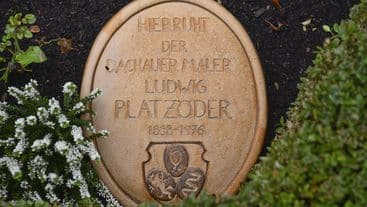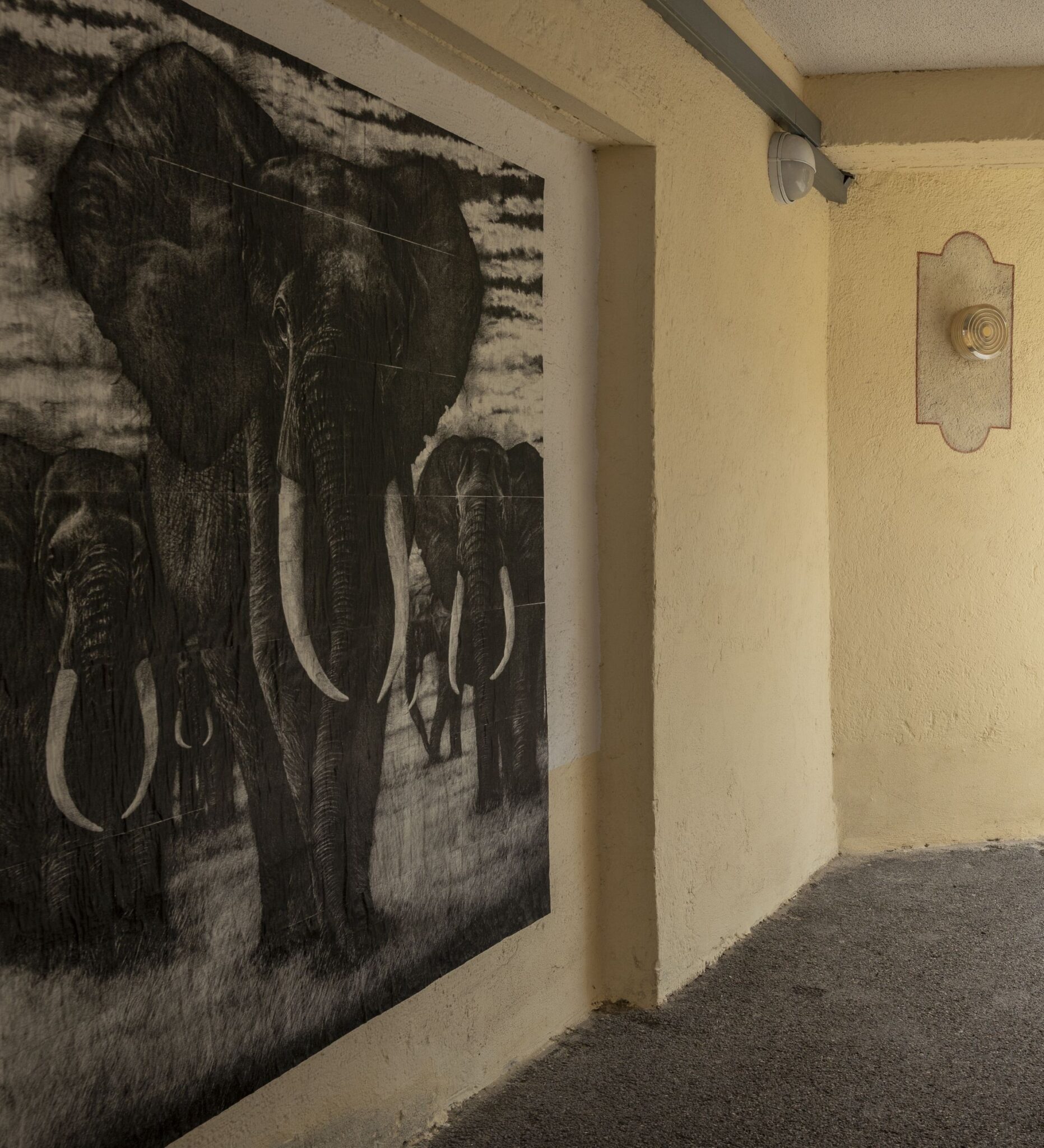At the end of the 19th and beginning of the 20th century, Dachau was one of the most important artists' colonies in Europe.
The play of light and shadow, the sunspots and the influence of the foehn, which seemingly moved the Alps to the edge of the Dachauer Moos. In addition, the small market town of Dachau on the outskirts of Munich, which offered artists both motifs and sociability. They came, stayed for many a summer or settled here completely. They had a great influence on social life in Dachau, cultivated and passed on the customs of the region and sought to preserve the beauty of the architecture and nature in their works.
At that time, it is said that every tenth inhabitant was a painter, including famous names such as Adolf Hölzel, Ludwig Dill and Arthur Langhammer. Carl Spitzweg and Lovis Corinth also came to Dachau time and again and used the special light conditions in the Dachauer Moos in their open-air paintings.
Women in particular were increasingly discovering painting and, as they were only admitted to the State Academy in Munich from 1920, trained in the private painting schools of the artists' colonies. The works are now in the Dachau Picture Gallery to see.





